MADISON – According to a new study published today [Nov. 4, 2019] in the Proceedings of the National Academy of Sciences , 40 years of reduced mercury use, emissions, and loading in the Great Lakes region have largely not produced…
Tag: HYDROLOGY/WATER RESOURCES
The world is getting wetter, yet water may become less available for North America and Eurasia
Plants will demand more water in the future making less water available for people
Invasive species short-circuiting benefits from mercury reduction in the Great Lakes
MADISON – According to a new study published today [Nov. 4, 2019] in the Proceedings of the National Academy of Sciences , 40 years of reduced mercury use, emissions, and loading in the Great Lakes region have largely not produced…
Invasive species short-circuiting benefits from mercury reduction in the Great Lakes
MADISON – According to a new study published today [Nov. 4, 2019] in the Proceedings of the National Academy of Sciences , 40 years of reduced mercury use, emissions, and loading in the Great Lakes region have largely not produced…
Microrobots clean up radioactive waste (video)
According to some experts, nuclear power holds great promise for meeting the world’s growing energy demands without generating greenhouse gases. But scientists need to find a way to remove radioactive isotopes, both from wastewater generated by nuclear power plants and…
KU Leuven researchers use satellite data to calculate snow depth in mountain ranges
Bioscience engineers at KU Leuven (Belgium) have developed a method to measure the snow depth in all mountain ranges in the Northern Hemisphere using satellites. This technique makes it possible to study areas that cannot be accessed for local measurements,…
Replacing coal with gas or renewables saves billions of gallons of water
Switch to natural gas would save 12,000 billion gallons a year by 2030; switching to solar or wind power would yield even greater savings
Antarctic ice cliffs may not contribute to sea-level rise as much as predicted
Study finds even the tallest ice cliffs should support their own weight rather than collapsing catastrophically
Big data, artificial intelligence to support research on harmful blue-green algae
Robotic boats and aerial drones combine with water sampling to study eastern lakes
George Mason University team receives NSF grant to study Arctic industrialization effects
New trade routes in the Arctic mean unprecedented traffic and industrialization are likely to follow, so George Mason University’s Elise Miller-Hooks and her team of scientists will be taking a closer look at what that will mean for the region’s…
Ag-to-energy farmland use is focus of new $2.4 million grant
ITHACA, N.Y. – The U.S. Department of Agriculture and the National Science Foundation have awarded a three-year, $2.4 million grant to a team of Cornell University researchers who will study how agriculture-to-energy land-use conversions – putting solar panels or wind…
Urbanisation costs Edinburgh over 11 hectares of green land each year
Much of vegetation loss is due to private gardens being paved over or built on
Reclamation awards $8.9 million for innovative solutions in water and power management
The Bureau of Reclamation is providing $8.9 million to 27 new research projects and 114 continuing research projects through its Science and Technology Program. The funding from Reclamation is being matched by $10.9 million in partner contributions. The research findings…
Artificial intelligence and farmer knowledge boost smallholder maize yields
Data-driven agriculture can increase smallholder production threatened by weather and climate change, but data scientists need to work with farmers and governments. Four years of collaboration in Colombian maize fields shows what success looks like
OCEANS 2019 Seattle highlights marine technology science and engineering
More than 300 research papers and posters will be presented at OCEANS 2019 Seattle, October 27 through 31, 2019, at the Washington State Convention Center. Seattle’s unique history of forward-thinking ocean research and technology, leadership in and focus on the…
Lakes worldwide are experiencing more severe algal blooms
Climate change is likely hampering recovery efforts
New science on cracking leads to self-healing materials
Cracks in the desert floor appear random to the untrained eye, even beautifully so, but the mathematics governing patterns of dried clay turn out to be predictable–and useful in designing advanced materials. In a pair of new studies from Princeton…
No soil left behind: How a cost-effective technology can enrich poor fields
Smallholder poverty in sub-Saharan Africa is often linked to sandy soils, which hold little water and are low in nutrients. A new technology may be able to enrich fields and farmers without massive investments in irrigation and fertilizer
Dust in ice cores leads to new knowledge on the advancement of the ice before the ice age
Ice core research: Researchers from the section Physics of Ice, Climate and Earth (PICE) at the Niels Bohr Institute, University of Copenhagen, have succeeded in making a method to enlighten an otherwise dark period in climate history. Working with the…
Global danger
Groundwater is the world’s largest source of freshwater and it is of vital importance for food production. Increasing extraction of groundwater in recent decades has resulted in sinking water tables worldwide. A study by hydrologist Dr. Inge de Graaf from…
Researchers find antibiotic resistant genes prevalent in groundwater
Scholars warn attention needed to make wastewater potable and ensure public safety nationwide against emerging threat of antibiotic resistance
Managing stormwater and stream restoration projects together
Both stormwater control and stream restoration are proven ways to reduce erosion along water channels. Often, though, each method is managed by a different urban land-management department, measuring different success values. Efforts are rarely coordinated due to funding and other…
Battling BPA with biofilms
Pitt researcher awarded $420,000 NSF grant to study growing biofilms on electrodes to degrade bisphenol A
Modeling the complexity of the world’s water
Research team led by Pitt receives more than $1.3 million to develop ‘CyberWater’ modeling framework
Bacteria bullets target toxic algae
UD invention provides natural approach to combat harmful red tide algae
New tool provides critical information for addressing the global water crisis
The HWISE Scale could be transformative for understanding water insecurity
Collapse of desert bird populations likely due to heat stress from climate change
Hotter temperatures mean birds need more water to cool off — if it’s available
Otherworldly worms with three sexes discovered in Mono Lake
Eight species of nematode discovered in the lake’s harsh conditions
Department of Energy picks Carnegie Mellon and NAWI to lead Energy-Water Desalination Hub
Carnegie Mellon’s College of Engineering has been chosen to be part of the U.S. Department of Energy (DOE) Energy-Water Desalination Hub as a founding member of the National Alliance for Water Innovation (NAWI) . Civil and Environmental Engineering Professor Greg…
ORNL to develop clean water solutions in new DOE $100M innovation hub
The National Alliance for Water Innovation, a partnership of the Department of Energy’s Oak Ridge National Laboratory, other national labs, university and private sector partners, has been awarded a five-year, $100 million Energy-Water Desalination Hub by DOE to address water…
Exploring the future of coal power in water scarce Asia
Many aspects of modern energy systems necessitate access to reliable water resources. The findings of a new study involving IIASA researchers shows that Developing Asia’s long-term electricity generation plans – which relies heavily on coal power generation – could be…
Study estimates more than 100,000 cancer cases could stem from contaminants in tap water
WASHINGTON – A toxic cocktail of chemical pollutants in U.S. drinking water could result in more than 100,000 cancer cases, according to a peer-reviewed study from Environmental Working Group – the first study to conduct a cumulative assessment of cancer…

Microbe chews through PFAS and other tough contaminants
In a series of lab tests, a relatively common soil bacterium has demonstrated its ability to break down the difficult-to-remove class of pollutants called PFAS, researchers at Princeton University said. The bacterium, Acidimicrobium bacterium A6, removed 60% of PFAS _specifically…

Geophysicists challenge conventional view of the cause of porosity in weathered rock
Pores, or empty spaces, in rock are critically important for sustaining life on Earth
Fungicides as an underestimated hazard for freshwater organisms
Fungicides are worldwide used in agriculture. Large amounts of applied fungicides leak into nearby surface waters. The effects of these substances on aquatic organisms are poorly understood and not specifically addressed in the EU regulatory frameworks with respect to the…
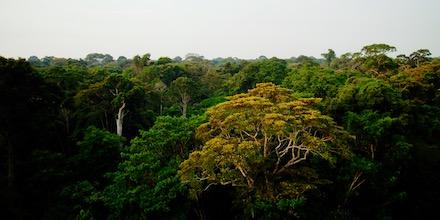
Satellite study of Amazon rainforest land cover gives insight into 2019 fires
LAWRENCE — Throughout August and early September 2019, media around the world have reported on the extensive forest fires ravaging Brazil’s Amazon rainforest. Much of the concern stems from the Amazon’s significance to regulating the world’s climate. According to the…
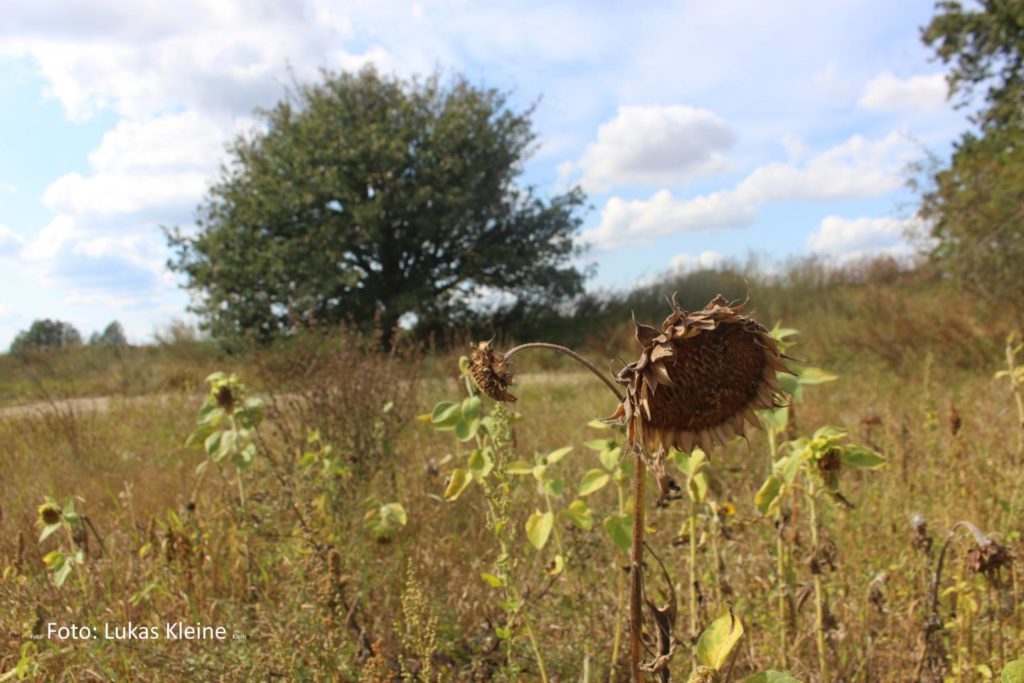
‘Planting water’ is possible — against aridity and droughts
The water regime of a landscape commutes more and more between the extremes drought or flooding. The type of vegetation and land use plays an important role in water retention and runoff. Together with scientists from the UK and the…
Researchers uncover role of earthquake motions in triggering a ‘surprise’ tsunami
Combining earthquake and tsunami computer models of the 2018 tsunami in Palu, researchers identified
Groundwater studies can be tainted by ‘survivor bias’
New research improves governments’ ability to monitor groundwater levels
Source water key to bacterial water safety in remote Northern Australia
In the wet-dry topics of Australia, drinking water in remote communities is often sourced from groundwater bores. The geochemistry of that groundwater impacts the occurrence of opportunistic pathogens in the drinking water supply, researchers now report in PLOS Neglected Tropical…
Building water-efficient cities
How much water single-family residences use is closely related to a community’s built environment, according to a University of Arizona-led study. In particular, design factors such as vegetated land cover, housing density and lot size appear to have a strong…
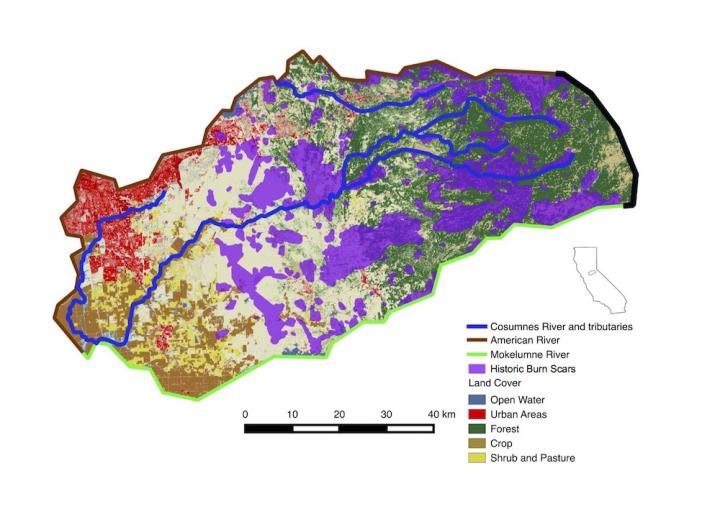
How California wildfires can impact water availability
New Berkeley Lab study uses supercomputers to analyze hydrological changes in a California watershed
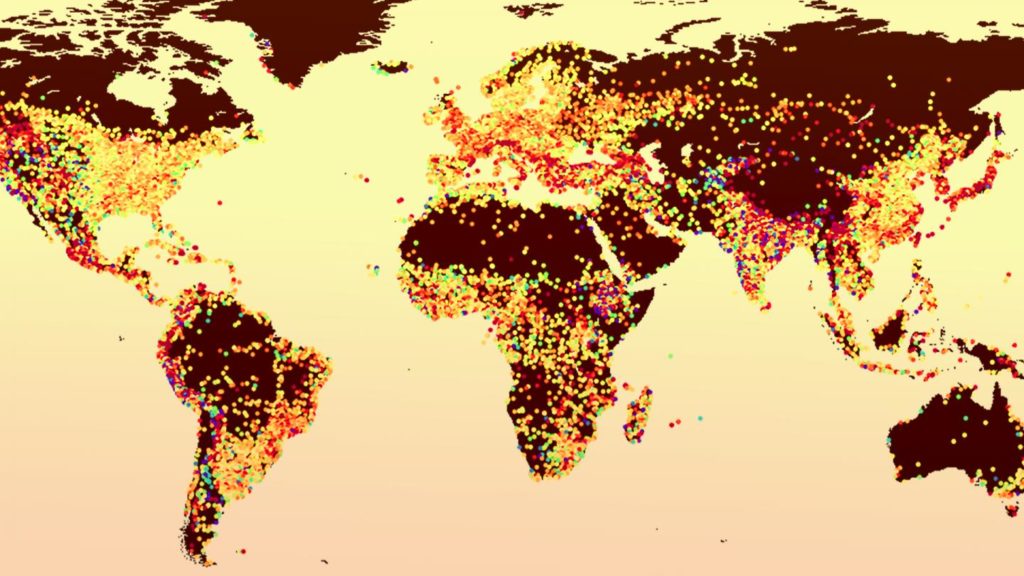
Solutions to urban heat differ between tropical and drier climes
In summer heat, cities may swelter more than nearby suburbs and rural areas. And while the size of this urban heat island effect varies widely among the world’s cities, heat island intensity can largely be explained by a city’s population…
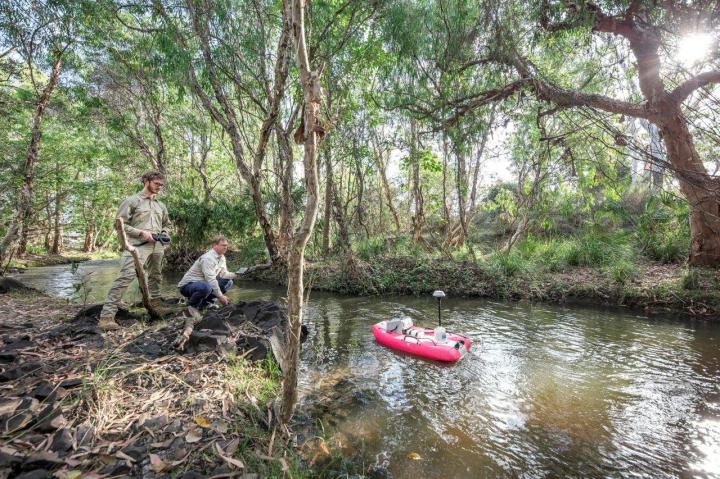
Revolutionizing water quality monitoring for our rivers and reef
New, lower-cost help may soon be on the way to help manage one of the biggest threats facing the Great Barrier Reef. That threat is pollution from land making its way downstream by way of the many rivers and streams…
Snowfall frequency declining across Northwest, PSU study finds
With warming temperatures, average snowfall frequency is estimated to decline across the Pacific Northwest by 2100 — and at a faster rate if greenhouse emissions are not reduced, according to a new Portland State University study. Researchers in PSU’s Climate…
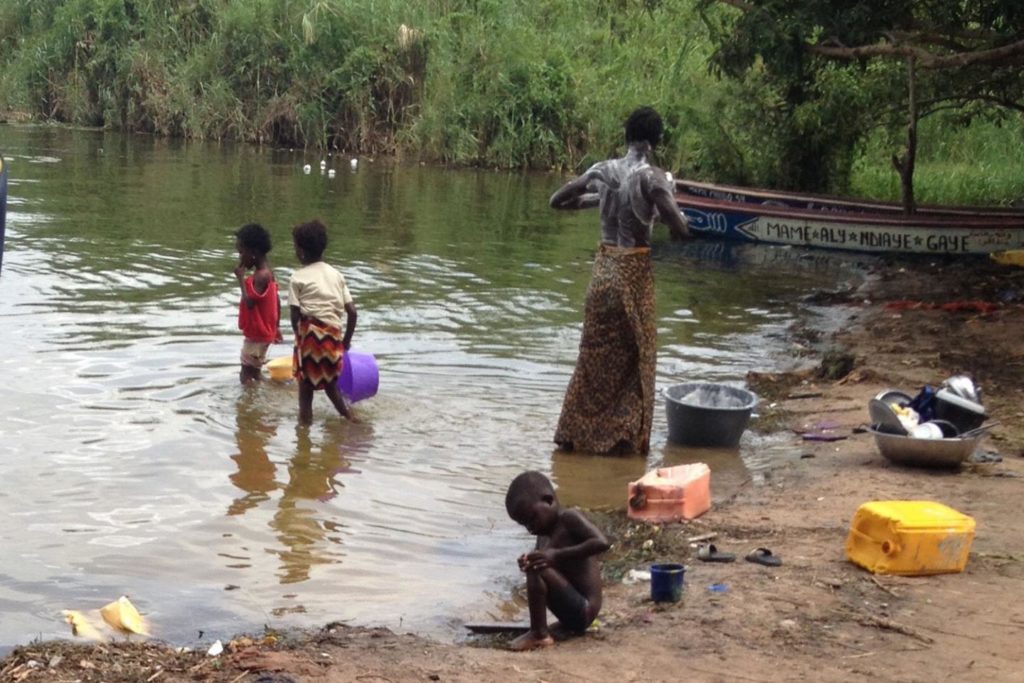
Poverty as disease trap
Stanford researchers investigate obstacles to disease eradication

Illinois engineer continues to make waves in water desalination
For the past several years, University of Illinois researcher Kyle Smith has proven his growing expertise in the field of water desalination, with a range of research results that could address the immediate need to combat diminishing clean water sources…
Southern Ocean circulation patterns that keep the lid on stored carbon are more complex than previou
Reframing the carbon cycle of the subpolar Southern Ocean
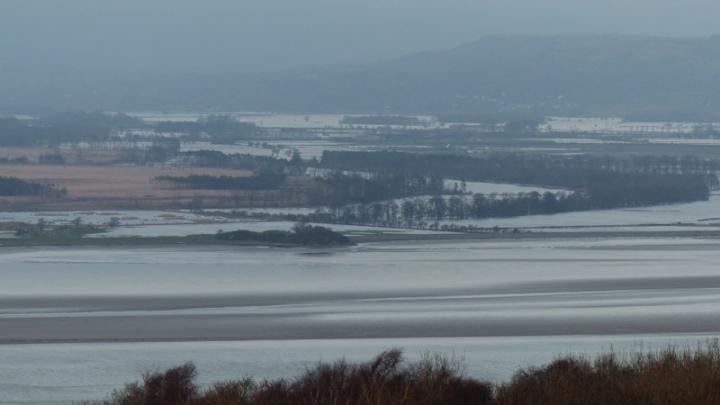
Changing climate linked to major changes in flooding across Europe
Multinational study shows significant regional differences in severity of floods
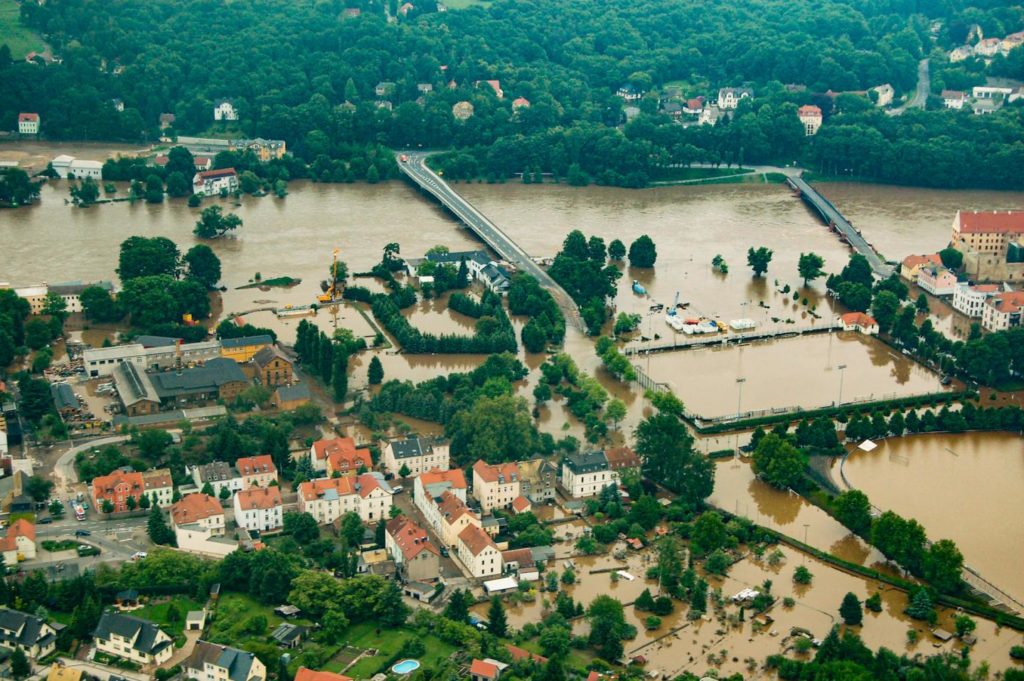
Floods are impacted by a changing climate
A large international research project led by the Vienna University of Technology has demonstrated,